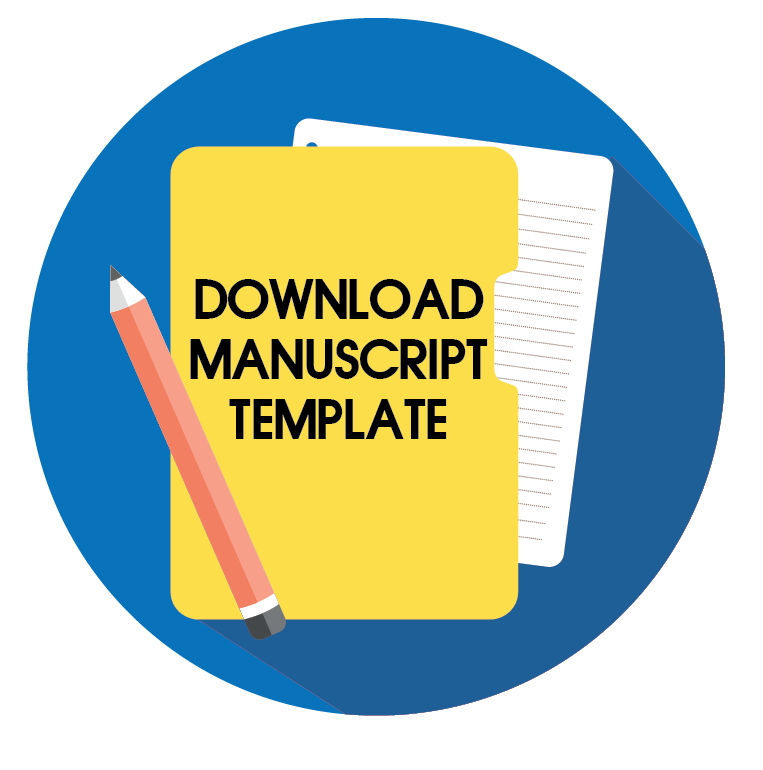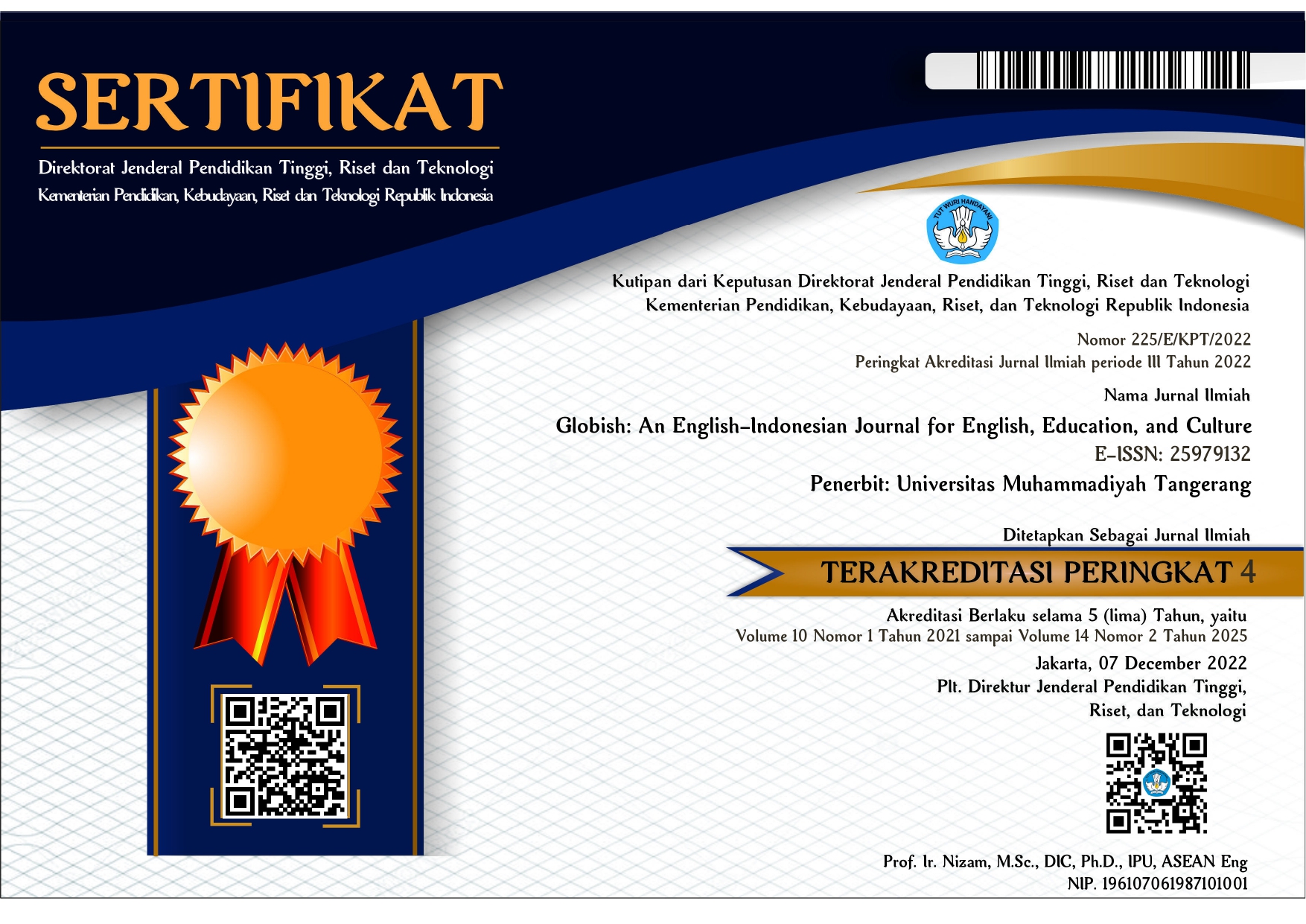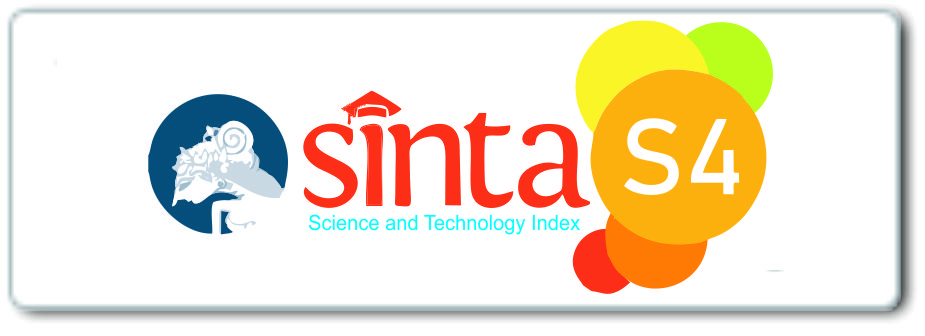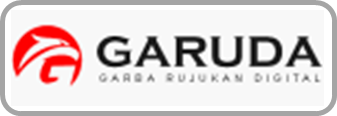Author Guidelines
A Title Is Fewest Possible Words, Accurately Describe The Content
(Center, Bold, Capitalize Each Word, Cambria 15pt, max 13 words in English)
1First Autor, 2Second Author, 3Third Author (Center, Bold, Cambria 11pt)
1Institution/affiliation, addres, telp/fax of institution/affiliation
(Center, Cambria 9pt)
2Institution/affiliation, addres, telp/fax of institution/affiliation
(Center, Cambria 9pt)
3Institution/affiliation, addres, telp/fax of institution/affiliation
(Center, Cambria 9pt)
e-mail: xxxx@xxxx.xxx (Center, Cambria 9pt) :correspondence email
Abstrak
Abstrak yang dipersiapkan dengan baik, memungkinkan pembaca untuk mengidentifikasi konten dasar dari dokumen dengan cepat dan akurat, untuk menentukan relevansinya dengan kepentingan mereka, dan dengan demikian mereka dapat memutuskan apakah akan membaca dokumen secara keseluruhan atau tidak. Abstrak harus informatif dan benar-benar jelas, memberikan pernyataan yang jelas apa permasalahan yang ada, pendekatan atau solusi yang diusulkan, dan menunjukkan temuan utama dan simpulan. Panjang abstrak harus dalam 100 sampai 150 kata. Abstrak harus ditulis dalam bentuk lampau. Standar nomenklatur harus digunakan dan singkatan harus dihindari. Tak ada pengutipan dalam abstrak. Daftar kata kunci memberikan kesempatan untuk menambahkan kata kunci, yang digunakan untuk layanan peng-indeks-kan dan peng-abstrak-an, di samping yang sudah ada dalam judul. Sangat bijaksana menggunakan kata kunci yang dapat meningkatkan kemudahan dari pihak yang berkepentingan untuk dapat menemukan artikel kita.
Kata Kunci: maksimal 5 kata terpenting dalam makalah
Abstract
A well-prepared abstract enables the reader to identify the basic content of a document quickly and accurately, to determine its relevance to their interests, and thus to decide whether to read the document in its entirety. The Abstract should be informative and completely self-explanatory, provide a clear statement of the problem, the proposed approach or solution, and point out major findings and conclusions. The Abstract should be 100 to 150 words in length. The abstract should be written in the past tense. Standard nomenclature should be used and abbreviations should be avoided. No literature should be cited. The keyword list provides the opportunity to add keywords, used by the indexing and abstracting services, in addition to those already present in the title. Judicious use of keywords may increase the ease with which interested parties can locate our article.
Keywords: maximum 5 keywords from paper
How to Cite: Prahmana, R.C.I., Hendrianto, A., Setyawan, F. (2016). Instructions/template for preparing manuscript for IJEME. International Journal on Emerging Mathematics Education, 1(1), 1-8. http://dx.doi.org/10.12928/ijeme.v1i2.XXXX
INTRODUCTION (Heading 1)
The main text format consists of a flat left-right columns on A4 paper (quarto). The margin text from the left, right, top, and bottom 3 cm (Prahmana & Kusumah, 2016). The manuscript is written in Microsoft Word, single space, Cambria 11.5pt and maximum 17 pages, which can be downloaded at the website: http://jurnal.umt.ac.id/index.php/globish
Heading 2 – subheading (sub-chapters)
A title of article should be the fewest possible words that accurately describe the content of the paper. Omit all waste words such as "A study of ...", "Investigations of ...", "Implementation of ...”, "Observations on ...", "Effect of.....", “Analysis of …”, “Design of…” etc. Indexing and abstracting services depend on the accuracy of the title, extracting from it keywords useful in cross-referencing and computer searching (Prahmana, 2016). An improperly titled paper may never reach the audience for which it was intended, so be specific.
Heading 3 – subheading (sub-chapters)
The Introduction should provide a clear background, a clear statement of the problem, the relevant literature on the subject, the proposed approach or solution, and the new value of research which it is innovation (Zade & Talenta, 2010; Carelo et al., 2009; Prahmana, 2013). It should be understandable to colleagues from a broad range of scientific disciplines.
Organization and citation of the bibliography are made in Vancouver style in sign and so on. The terms in foreign languages are written italic (italic). Authors are suggested to present their articles in the section structure: Introduction - The Proposed Method/Algorithm (optional) - Research Method - Results and Discussion – Conclusion - References.
Literature review that has been done author used in the chapter "Introduction" to explain the difference of the manuscript with other papers, that it is innovative, it are used in the chapter "Research Method" to describe the step of research and used in the chapter "Results and Discussion" to support the analysis of the results. If the manuscript was written really have high originality, which proposed a new method or algorithm, the additional chapter after the "Introduction" chapter and before the "Research Method" chapter can be added to explain briefly the proposed method or algorithm.
RESEARCH METHOD (Heading 1)
Explaining research chronological, including research design, research procedure (in the form of algorithms, Pseudocode or other), how to test and data acquisition (IEEE Standards Association, 2009). The description of the course of research should be supported references, so the explanation can be accepted scientifically.
Tables and Figures are presented center, as shown below and cited in the manuscript.
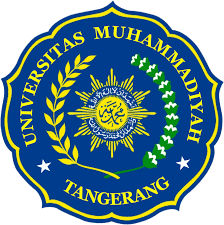
Figure 1. Universitas Muhammadiyah Tangerang
Table 1. The instructional activities of ……
Learning Goal | Activity | Tools | Conjecture of Students’ Strategies | Conjecture of Students’ Difficulties |
Students will observe the …... | Observing ……. | Real tools | Students will notice …….. | Students may ask about two different …….. |
Students will place the ……. | Placing the ……... | Artificial tools | - Students will put the given …... - Students will relate the …... | Students probably will have difficulties in …….. |
RESULTS AND DISCUSSION (Heading 1)
In this section, it is explained the results of research and at the same time is given the comprehensive discussion (Plomp, 2013). Results can be presented in figures, graphs, tables and others that make the reader understand easily (Pabla, 2004). The discussion can be made in several sub-chapters.
CONCLUSION (Heading 1)
Provide a statement that what is expected, as stated in the "Introduction" chapter can ultimately result in "Results and Discussion" chapter, so there is compatibility (Ahmad & Hooper, 2007). Moreover, it can also be added the prospect of the development of research results and application prospects of further studies into the next (based on results and discussion).
REFERENCES (Heading 1)
The main references are international journals and proceeding. All references should be to the most pertinent and up-to-date sources, and cite from globish journal is required minimum 3. References are written in APA Style. Only works cited in the text should be written on the reference arranged in alphabetical order. Please use a consistent format for references – see examples below:
Journal
Author1, A., Author2, B. (Year). Title of manuscript. Name of Journal or its Abbreviation, Vol.(Issue), pages.
Zhu, J., Yuxiao, B. (2010). The Pragmatic Comparison of Chinese and Western “Politeness” in Cross-cultural Communication. Journal of Language Teaching and Research, 1, 848-851.
Proceeding
If the proceedings consists of several volumes
Author1, A, Author2, B. (Year). Title of Manuscript. Name of Conference of Seminar, City, volume, pages.
Calero, C., Piatiini, M., Pascual, C., Serrano, M.A. (2009). Towards data warehouse quality metrics. Proceedings of the 3rd Intl. Workshop on Design and Management of Data Warehouses (DMDW), Interlaken, 39, 2-11. (In this case, city: Interlaken, year: 2009, Volume: 39, page: 2-11)
If the proceedings in single volume
Author1, A. (Year). Title of Manuscript. Name of Conference or Seminar, City, pages.
Prahmana, R.C.I. (2013). Designing division operation learning in the mathematics of gasing. Proceeding of the First South East Asia Design/Development Research (SEA-DR) International Conference, Palembang, 391-398. (In this case, city: Palembang, year: 2013, page: 391-398)
Texbooks
Author1, A, Author2, B. (Year). Title of the Book. City: Publisher.
Yule, G. (2006). The Study of Language. New York: Cambridge University Press.
Edited book
Author1, A., Author2, B. (Year). Editors. Title of the Book. City: Publisher.
Weiss, G., Wodak, R. (2003). Editors. Critical Discourse Analysis Theory and Interdisciplinarity. New York: Palgrave Macmillan.
Chapter in a book
Author1, A., Author2, B. (Year). Title of the chapter in this book. In A. Editor1, B. Editor2 (Eds.), Title of the Book (pp. xx-xx). City: Publisher.
Plomp, T. (2013). Educational design research: An introduction. In T. Plomp, N. Nieveen (Eds.), Educational design research (pp. 10-51). Enschede: Netherlands Institute for Curriculum Development (SLO).
Translated Books
Original Author. (Year of the original book). Title of the Translated Book. Translator. City: Publisher of the translated book. (Year of the translated book).
Saussure, F. (1916). Pengantar Linguistik Umum. Rahayu S. Hidayat. Yogyakarta: Gadjah Mada University Press. (1988).
Thesis/Disertation
Author. (Year). Title of Thesis/Disertation. Thesis/Disertation. City: Name of University/Institute/College.
Gunawan, Y.I. (2014). An Investigation of Students’ Strategies and Methods in Translating English Text into Indonesian (A Case Study at 4th Semester Tangerang Muhammadiyah University). Thesis. Jakarta: Sekolah Pascasarjana UHAMKA.
Paten
Author1, A., Author2, B. (Year of publication). Title (this should be in italics). Patent number (Patent).
Ahmad L.P., Hooper, A. (2007). The lower switching losses method of space vector modulation. CN103045489 (Patent).
Standards
Name of Standard Body/Institution. (Year of publication). Standard number. Title (this should be in italics). Place of publication: Publisher.
IEEE Standards Association. (2009). 1076.3-2009. IEEE Standard VHDL Synthesis Packages. New York: IEEE Press.
Internet
Avoid wherever possible
Note:
Please be sure to check for spelling and grammar before submitting your paper.


